Alternate name Ordukent Abandoned 11th century Founded 6th century | Type Settlement Condition In ruins | |
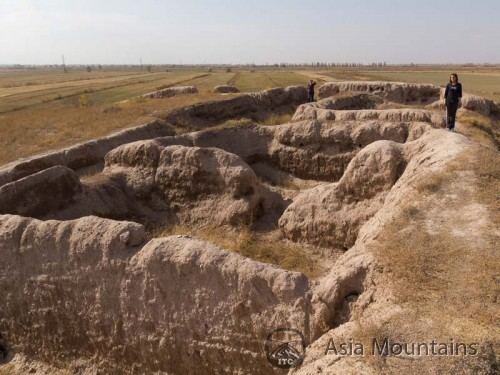 | ||
Location Chuy Region, Kyrgyzstan | ||
Tours tv com suyab ak beshim
Suyab (Persian: سوی آب; simplified Chinese: 碎叶; traditional Chinese: 碎葉; pinyin: Suìyè; Wade–Giles: Sui4-yeh4), also known as Ordukent (modern-day Ak-Beshim), was an ancient Silk Road city located some 50 km east from Bishkek, and 8 km west southwest from Tokmok, in the Chui River valley, present-day Kyrgyzstan.
Contents
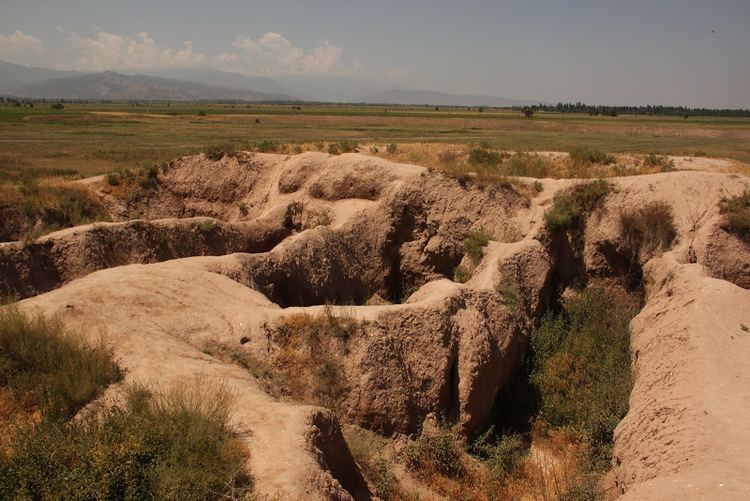
History
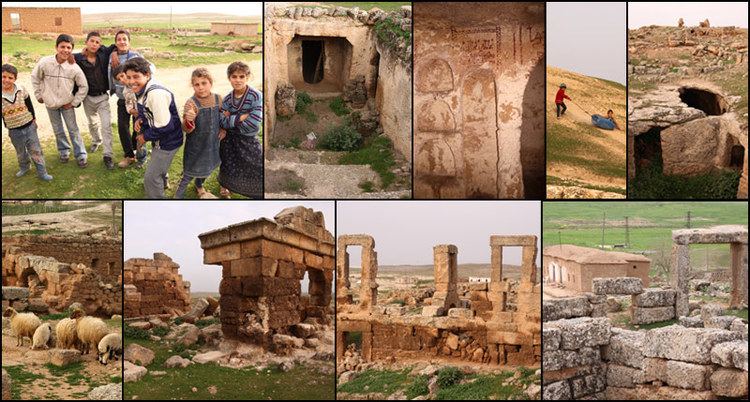
The settlement of Sogdian merchants sprang up along the Silk Road in the 5th or 6th centuries. The name of the city derives from that of the Suyab River, whose origin is Iranian (in Persian: suy means "toward"+ ab for "water", "rivers"). It was first recorded by Chinese pilgrim Xuanzang who travelled in the area in 629:
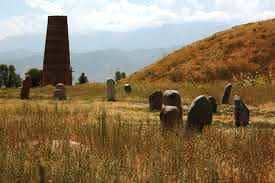
Traveling 500 li to the north west of Great Qing Lake, we arrive at the city of the Suye River. The city is 6 or 7 li in circuit; various Hu ("barbarian") merchants here came from surrounding nations congregate and dwell. The soil is favourable for red millet and for grapes; the woods are not thick, the climate is windy and cold; the people wear garments of twilled wool. Traveling from Suye westward, there are a great number of isolated towns; in each there is a chieftain; these are not dependent on one another, but all are in submission to the Tujue.
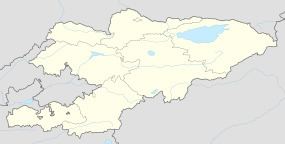
During the reign of Tong Yabgu Qaghan, Suyab was the principal capital of the Western Turkic Khaganate. The khagan also had a summer capital in Navekat near the springs north of Tashkent in the Talas Valley, the capitals are being noted as the westernmost capital of Western Turkic Khaganate. There was a sort of symbiosis, with the Sogdians responsible for economical prosperity and the Gokturks in charge of the city's military security.
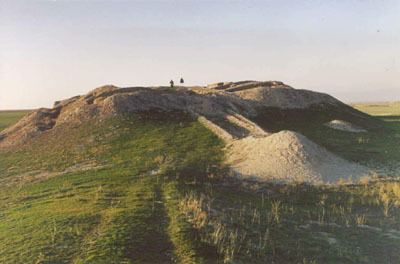
Following the downfall of the khaganate, Suyab was absorbed into the Tang Empire, of which it was a western military outpost between 648 and 719. A Chinese fortress was built there in 679, and Buddhism flourished. According to some accounts, the great poet Li Bai (Li Po) was born in Suyab. The Chinese traveller Du Huan, who visited Suyab after 751, found among the ruins a still-functioning Buddhist monastery, where Princess Jiaohe, daughter of Ashina Huaidao, used to dwell.

Suyab was one of the Four Garrisons of Anxi Protectorate until 719, when it was handed over to Sulu Khagan of the Turgesh, appointed by the Chinese court as the "Loyal and Obedient Qaghan". After Sulu's murder in 738, the town was promptly retaken by Chinese forces, along with Talas. The fort was strategically important during the wars between the China and Tibet. In 766, the city fell to a Qarluq ruler, allied with the nascent Uyghur Khaganate.
Of the subsequent history of Suyab there is little record, especially after the Chinese evacuated the Four Garrisons in 787. David Nicolle states that Suyab provided 80,000 warriors for the Qarluq army and that it was governed by a man known as "King of Heroes". Hudud al-Alam, completed in 983, lists Suyab as a city of 20,000 inhabitants. It is believed to have been supplanted by Balasagun in the early 11th century and was abandoned soon thereafter.
Archaeological site
In the 19th century the ruins at Ak-Beshim were erroneously identified with Balasagun, the capital of the Kara-Khitans. Wilhelm Barthold, who visited the site in 1893-94, also lent his support to this identification. Although excavations started in 1938, it was not until the 1950s that it was determined that the site had been abandoned as early as the 11th century and therefore would not be identical with Balasagun, which had flourished until the 14th century.
The archaeological site of Suyab covers some 30 hectares. As a testimony to Suyab's diverse and vibrant culture, the site encompasses remains of Chinese fortifications, Christian churches, Zoroastrian ossuaries, and Turkic bal-bals. The site is particularly rich in finds of Buddha statues and stelae. Apart from several Buddhist temples, there were a Nestorian church and cemetery from the 7th century, and probably also a 10th-century monastery with frescoes and inscriptions in Sogdian and Uyghur scripts.
